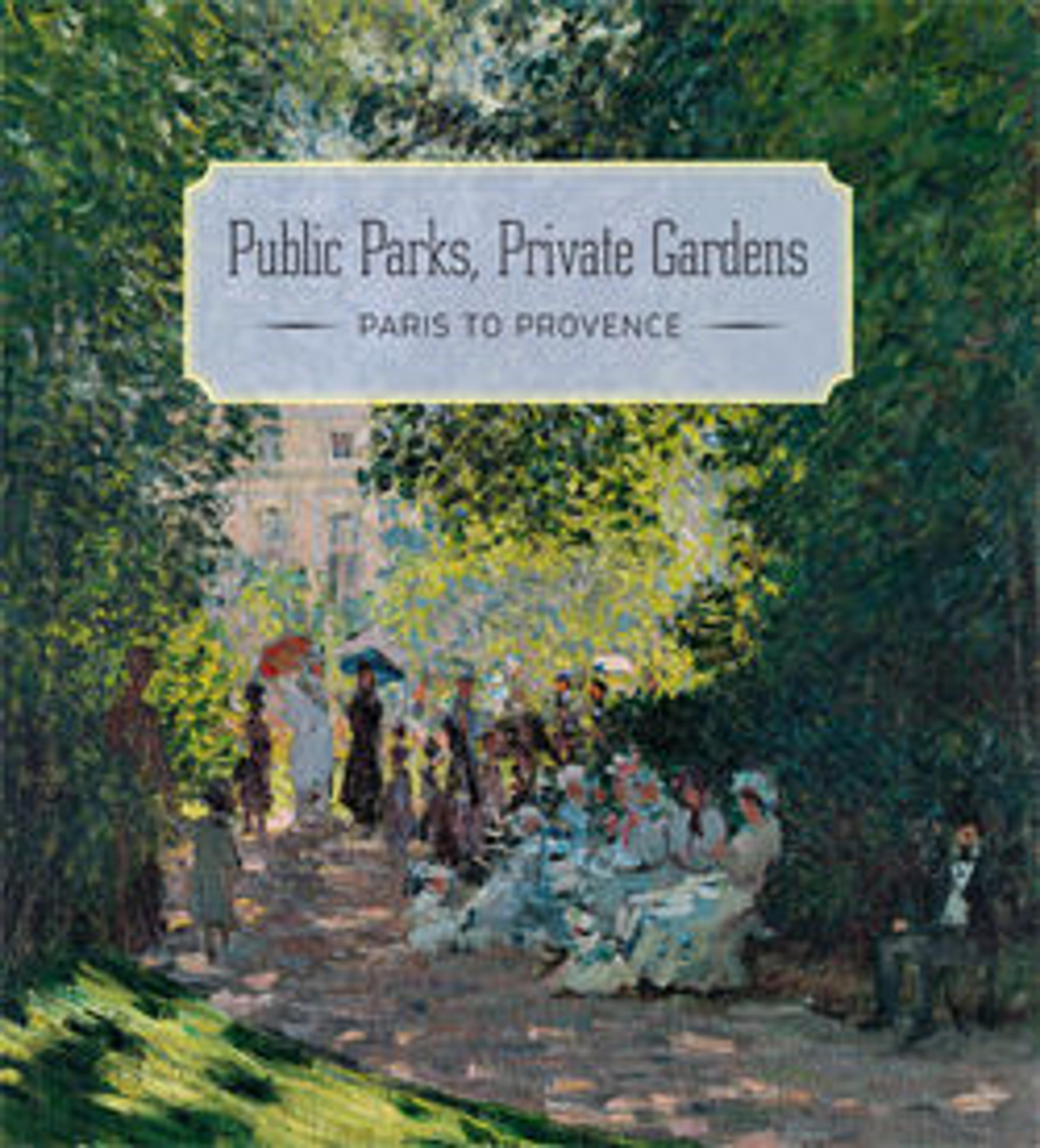View of La Crescenza
In its immediacy and lively surface, this small painting recalls drawings that Claude created from nature in the hills outside Rome. It is unique among his compositions in that it represents an existing building rather than one taken from his imagination. The building, which still stands, was a medieval fortress transformed into a country house that belonged to the aristocratic Crescenzi family. This painting underscores the fine line between what artists like Poussin and Claude encountered outside Rome and how they filtered it through a historical lens.
Artwork Details
- Title:View of La Crescenza
- Artist:Claude Lorrain (Claude Gellée) (French, Chamagne 1604/5?–1682 Rome)
- Date:1648–50
- Medium:Oil on canvas
- Dimensions:15 1/4 x 22 7/8 in. (38.7 x 58.1 cm)
- Classification:Paintings
- Credit Line:Purchase, The Annenberg Fund Inc. Gift, 1978
- Object Number:1978.205
- Curatorial Department: European Paintings
More Artwork
Research Resources
The Met provides unparalleled resources for research and welcomes an international community of students and scholars. The Met's Open Access API is where creators and researchers can connect to the The Met collection. Open Access data and public domain images are available for unrestricted commercial and noncommercial use without permission or fee.
To request images under copyright and other restrictions, please use this Image Request form.
Feedback
We continue to research and examine historical and cultural context for objects in The Met collection. If you have comments or questions about this object record, please contact us using the form below. The Museum looks forward to receiving your comments.
